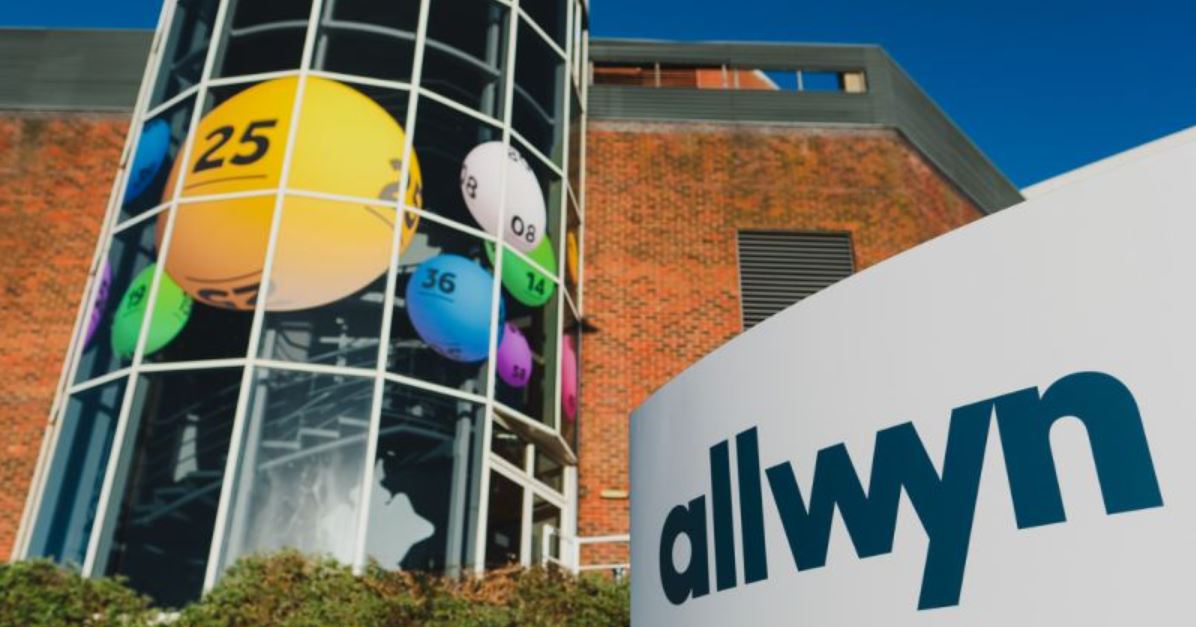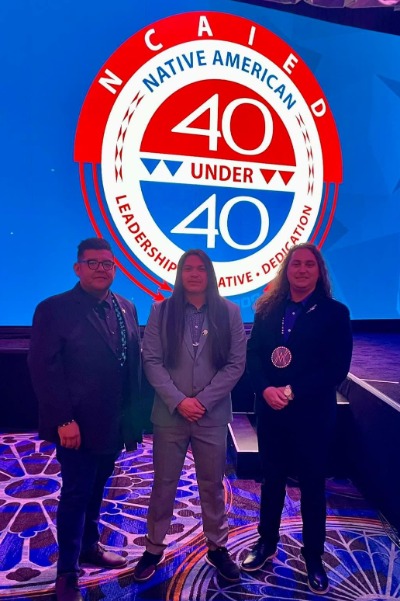
Njleftbehind : I smiled at the two little girls seated across the table in the school board conference room but only six-year-old Kayla, wriggling in her pink winter jacket and kicking her feet, returned a gap-toothed grin. Her sister Tasha, age nine, stared grimly at her phone and the girls’ mom and grandmother were stoic in chairs next to the girls. School board members and administrators had already been briefed: A teacher had overheard Kayla tell a friend that her mom took her and Tasha on a NJ Transit bus most mornings from Trenton to an elementary school near their grandma’s apartment in Lawrence. The teacher, as required, reported the incident to the Central Office and an investigation concluded that the girls lived in Trenton, not adjacent Lawrence, and were illegally enrolled in our district schools. Unless their mother or grandmother had proof that the girls lived more than 50% of the year in Lawrence, the Board would have no choice but to vote to disenroll them.*

When I was president of my local school board these residency hearings were, by far, the most heartbreaking part of the job. I ran the hearings, called for the vote, and gave the final verdict to parents who were almost always Black and from Trenton, desperate to give their kids access to higher-quality schools. Unlike wealthier families, they lacked the resources to exercise New Jersey’s most popular form of school choice—moving to a better district—and so their children were relegated to the dregs of a system where, despite decades of compensatory funding, at one Trenton elementary school nine out of ten students don’t read at grade level in third grade, an important benchmark for future academic success.
I started this blog over a decade ago as an outlet for my frustration with New Jersey’s (and many other states’) deeply-embedded structural impediments to educational equity. Those residency hearings epitomized the source of my rage. Here’s a data point for you: If you live on Brunswick Avenue, right at the border of Lawrence and Trenton, students on the west side of the street are zoned for Lawrence schools and students on the east side of the street are zoned for Trenton schools. The graduation rate at Lawrence High School is 95.6% and average SAT scores are 559 in reading and 562 in math. The graduation rate at the main campus of Trenton Central High School is 81.6% and average SAT’s are 421 in reading and 401 in math.
This is every kind of wrong to me.
It was those residency hearings that sparked my interest in public school choice. Regular readers know I support New Jersey’s charter school sector because it offers children like Kayla and Tasha an alternative to districts with long histories of dismal student outcomes.
In fact, New Jersey has one of the most robust and successful charter sectors in the country and, as much as I complain about NJ’s Department of Education, in this state we get charter accountability right. These 88 schools, all non-profit, go through a rigorous application process, have to apply for renewal every five years, and get audited annually. Charters that don’t beat district proficiency averages get shut down, a far higher bar than traditional schools. Charter school teachers use the same state course content standards and students take the same standardized tests as traditional school students, which allows researchers to draw informed conclusions like 75% of charter school students in Newark attend “beat the odds” schools and for the last three years they have met or exceeded state proficiency averages in ELA and math.
But there aren’t enough seats in NJ charters to satisfy parent demand, especially with the Murphy Administration’s deference to NJEA’s turf war. If there were more seats available in Trenton (which has 1,800 children on wait lists), then Kayla and Tasha could go to a high school with a graduation rate of 93% instead of the districtwide 66%.
And so now, amidst a pandemic that has wrought havoc with education and left parents desperate for alternatives, I’m reconsidering my stance on taxpayer-funded vouchers to private schools.
Vouchers always have seemed a step too far for me. If families want to pay tuition to religious schools (or private schools), go for it but don’t expect local, state, or federal tax dollars to follow the child. Separation of church and state, right?
Yet I know the lines are not so clear — in 1954 Congress added the phrase “under God” to the Pledge of Allegiance and presidents are sworn in with their hand on a bible.
And I think my history of voucher opposition is tied to exposure to ultra-Orthodox Jewish day schools in districts like Lakewood, NJ and East Ramapo, Kiryas Joel, and Brooklyn, NY.** Just last week Moshe Lobel, a New Jersey native, described his experience in one of these schools where “we were taught that the English language was impure — a necessary evil” — the teachers barely spoke English themselves, and the 90 minutes of secular studies allotted at the end of the day (ending after 8th grade) “existed only so the school would qualify for government funding.”
How could anyone committed to improving student outcomes enable such limited secular learning? Not me.
But is it fair to eliminate a whole category of educational access because it doesn’t follow the state-sanctioned rubric for monitoring student growth and proficiency? Isn’t it better to fix the problems and create voucher programs that hold participating private and parochial schools to certain standards so Trenton parents in the Lawrence school board conference room aren’t forced to send their kids to failing schools?
I’m not a total convert. My list of conditions is long and I understand this form of school choice is fraught. (I’ll be exploring that in future posts on this topic.) I invite you to read along, argue, and ask challenging questions. There is so much at stake.
*These are not real names; the family is a composite, as is their story. Residency hearings are confidential.
**I have high regard for other non-ultra-Orthodox Jewish schools like the excellent Solomon Schechter Day Schools, which boast rigorous secular content as well as Judaic studies.







